Have you heard of Bank of England Museum in London?
See Money Come to Life
I have a big passion for London which all started long ago when my Nanny Dolly took me to the Bank of England Museum. If you fancy something different why not try visiting and discover the history of the bank, history of money and our economy all in one. Its a great place to take the kids and get them to learn about saving.
I could be compensated, if you click on a link in this post via a cash payment, gift or something else of value for writing this post. See our full disclosure policy and privacy policy for more details.
My Nan, Doris Harrington worked at he Bank of England for many years. She was so proud of her job there and when she retired she was thrilled to meet the “guvnor” as she so called him.
We are not sure how many years she was there and we are not entirely sure of her role as she is no longer with us to ask. She had a pension and we had many fond memories of being at the bank so we know it was a long time.

I remember being taken to the museum as a small child in the early 80’s before it was open to general public. I can remember the display cabinets housing all of the old coins, notes and stamps. I was so interested that I started my own foreign note collection shortly after.
We were also lucky enough as small children to sit in the offices of the bank and watch the Lord Mayors show from the windows! What a perfect view, we think this photo was in 1981.
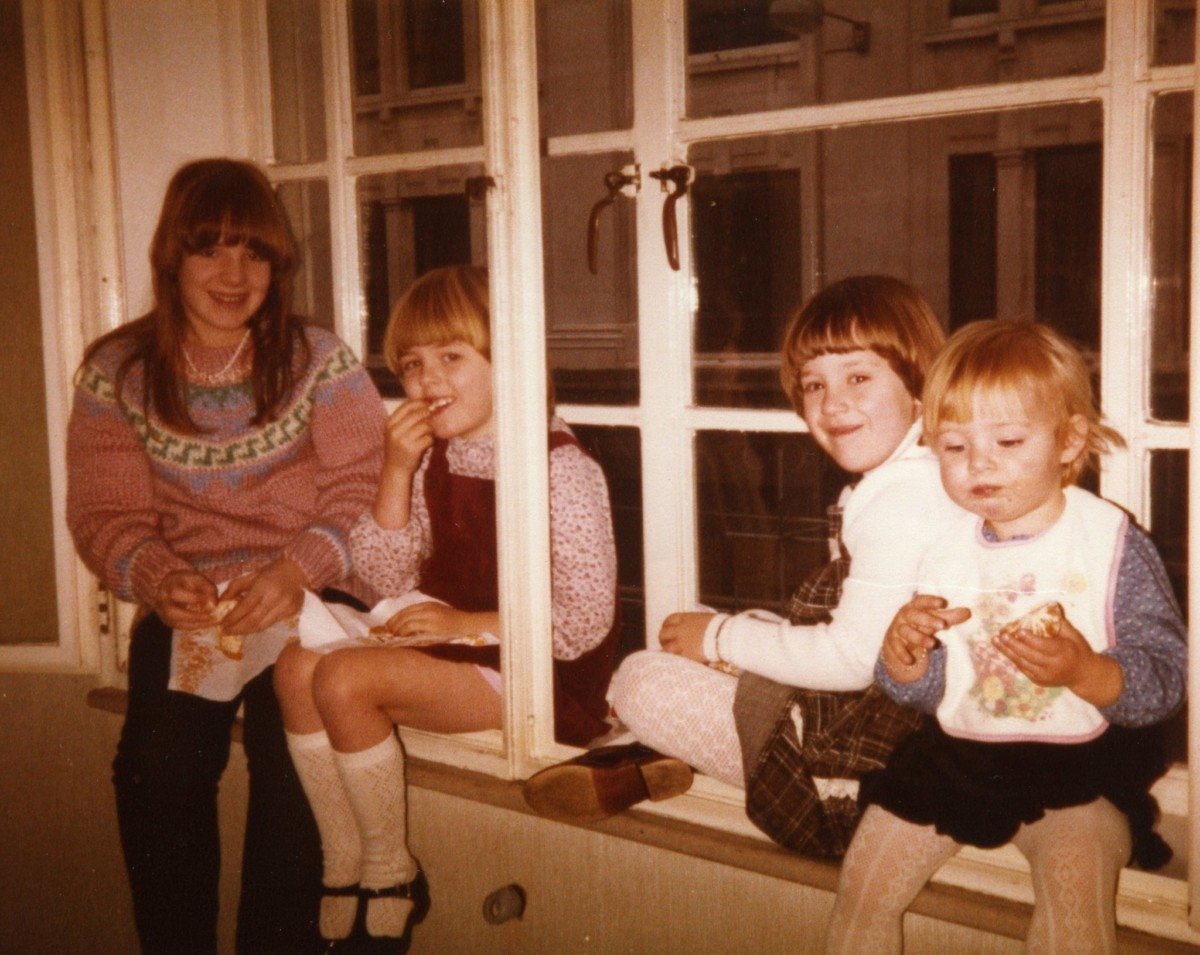
When I suggested to my mum just recently we should visit the Bank of England museum, she exclaimed ” I’ve never been” So it was the perfect opportunity to to go together and discover just how much it had changed.
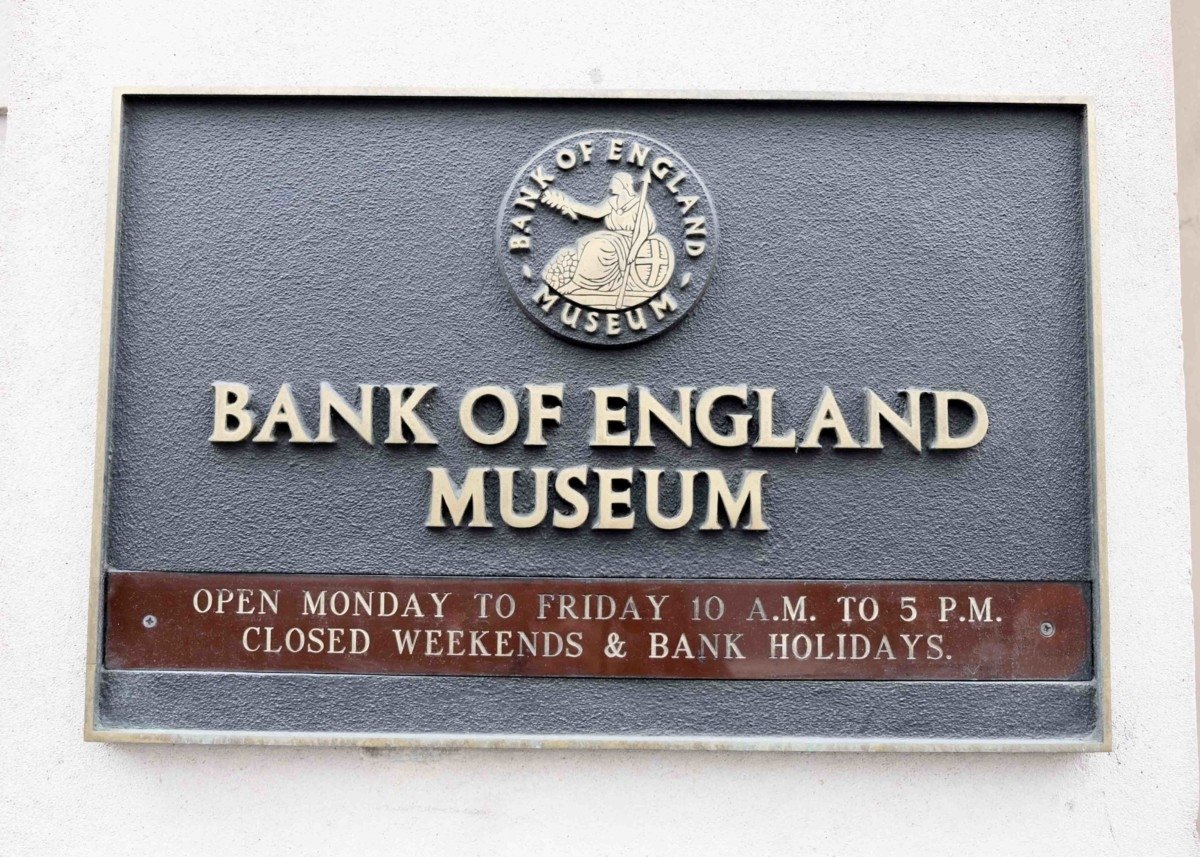
The museum consists of several rooms featuring virtual tours, facts, information and historic artefacts.
In the main room you can take part in an interactive boat game that explains the role the bank plays in our our economy and what the bank actually does. This area is great for children and schools visiting too.
Here you can also learn about the architecture of the bank in its early years and then later on through the ages. It has been extensively remodelled over the years and you can see photo graphs and plans dating back from the beginning.

The interior architecture is beautiful too, learn about the layout of the bank and its interior architecture through interactive screens inside the museum. See beautiful mosaics and stone memorials, cantilevered staircases and even a courtyard garden with many secret stories.
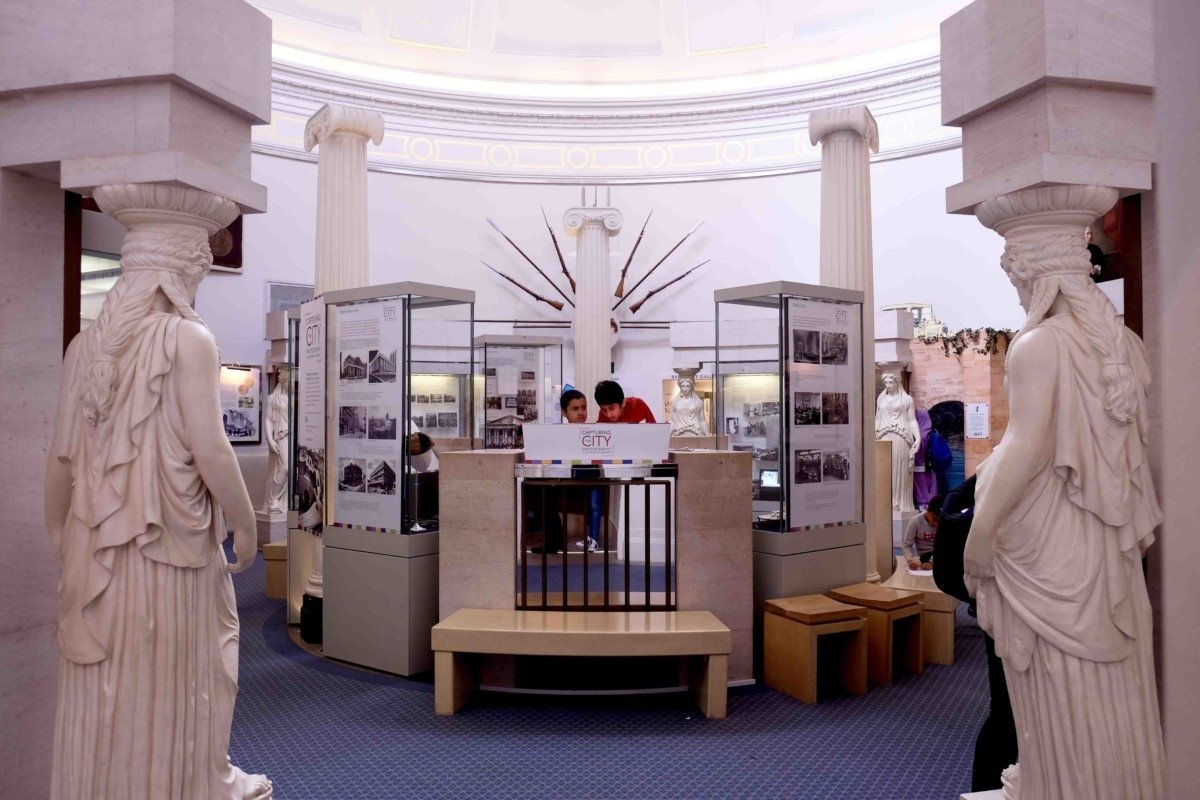
The Bank of England sometimes known as the old lady of Threadneedle Street was founded in 1694 during a period of economic turbulence. You can learn about the early years and how the Bank was actually founded including seeing the original royal charter.

The earliest paper money was a receipt for gold left with goldsmiths for safe keeping.
Gold being too heavy to carry around it became more convenient to exchange paper rather than gold itself, thus leading to the rise in paper money.
Have you noticed on the top of a banknote the words ” I promise to pay the bearer on demand the sum of” ? This dates back from the time when all bank notes were hand written and exchanged.
Since then bank notes have changed in style and design and there is so much work that goes in to them. In the gallery you will see printing and design methods used for making these and examples of all of the old notes and receipts.
Find out how people have been forging money for years and the lengths at which the bank of England has gone to protect it.
The amount of work that goes in to the design is astounding.

There is a great section on the making of the new polymer note. Find out about the features such as the foil round green emblem on the back of the note which contains the name Blenheim referring to the maze where sir winston Churchill lived.
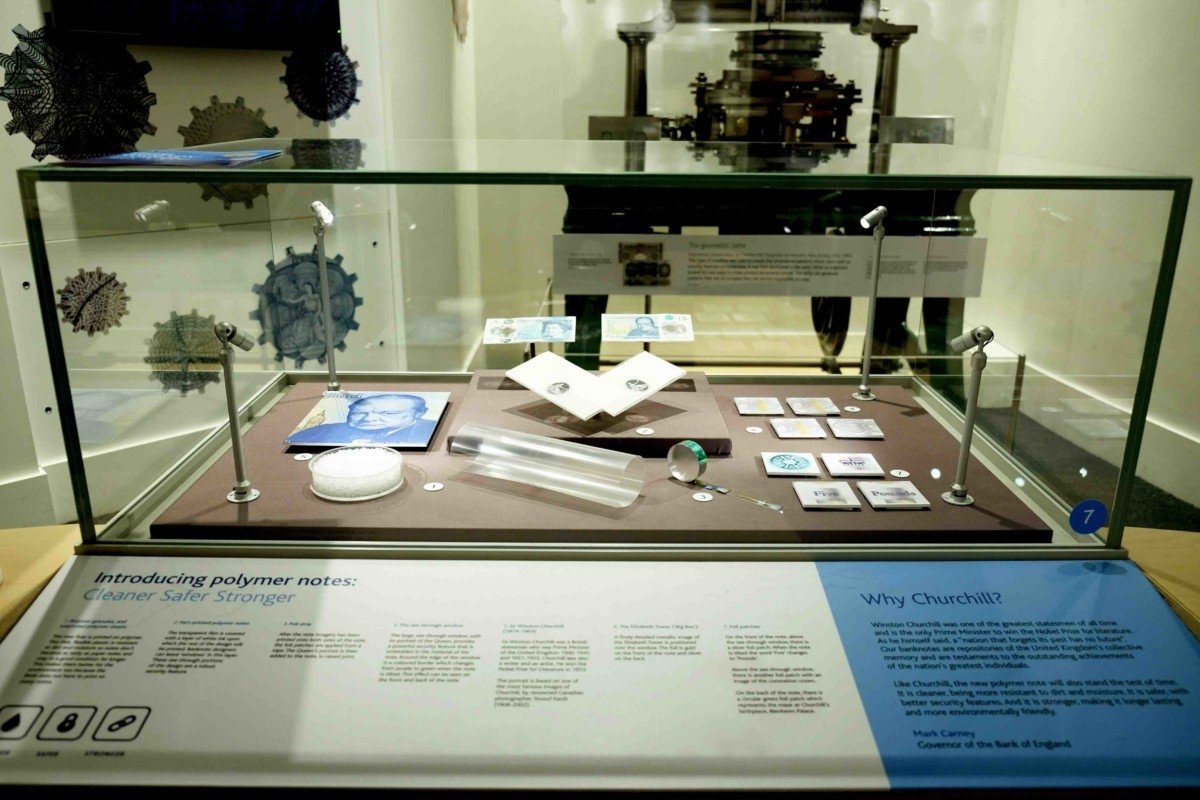
See all of the safety features on the new note, including notes on design and manufacture.

Perhaps the hi light of the museum is getting to hold a bullion of gold! In a secure box with cameras you can put your hand in and try to feel the weight of the gold. Can you lift it?
A running live link shows the price of the gold in today’s market above. Be careful you are being watched! My mum particulary liked this in fact she wouldn’t leave until she had held it.

There is a short film on Gold and how it is stored in the vaults on pallets than can only go so high as the weight of each Gold is 400 Troy ounces. A Troy ounce is a bit heavier than a normal ounce and is used to trade in metals.
The Bank of England provides gold storage for over 70 central banks and a number of commercial ‘bullion’ banks.
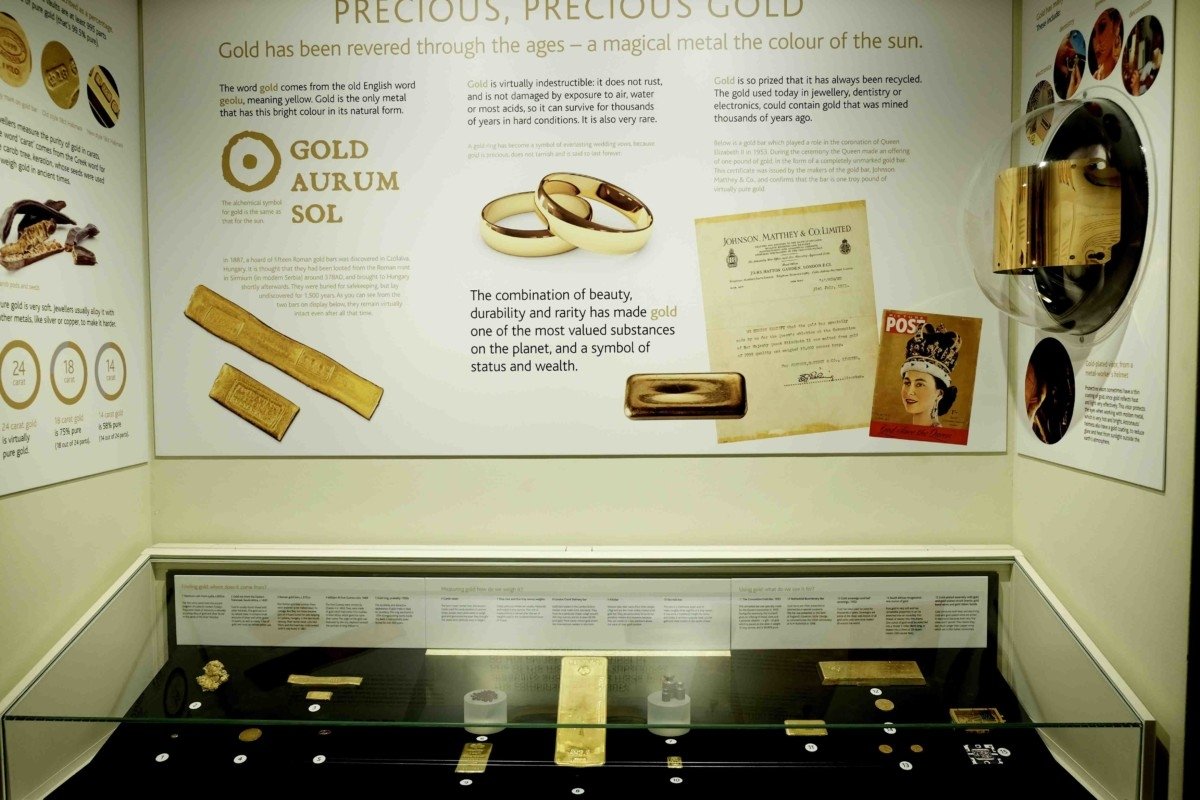
Fun Facts and tips;
- The Bank of England Museum is free to visit.
- Pick up one of the free booklets to tell you about your tour on the way in.
- Take a selfie in the film room so you look like you are in the gold vault room.
- Check out the Bank of England for events held at the museum throughout the year.
- Nearest Tube station funny enough! is Bank.
- Ever wondered why there is a big gap at Bank tube station? Banks tunnels were built on a curve to avoid the Bank of England’s Vaults. Hence the warning “Mind The Gap” Straight trains and curved platforms dont work.
I really enjoyed our visit to Bank of England Museum in London, Im sure my dear Nanny Dolly would of loved it too.
If you would like to see more of London you can take a look at my Jack the Ripper Museum review Here.
D x
Pin for later







Oh, what a lovely family story! I really want to visit the Bank of England Museum now. It’s one of those things that’s on my doorstep, but I’ve never thought of going. Doh!
I know , it took me along time too, it a great little place x